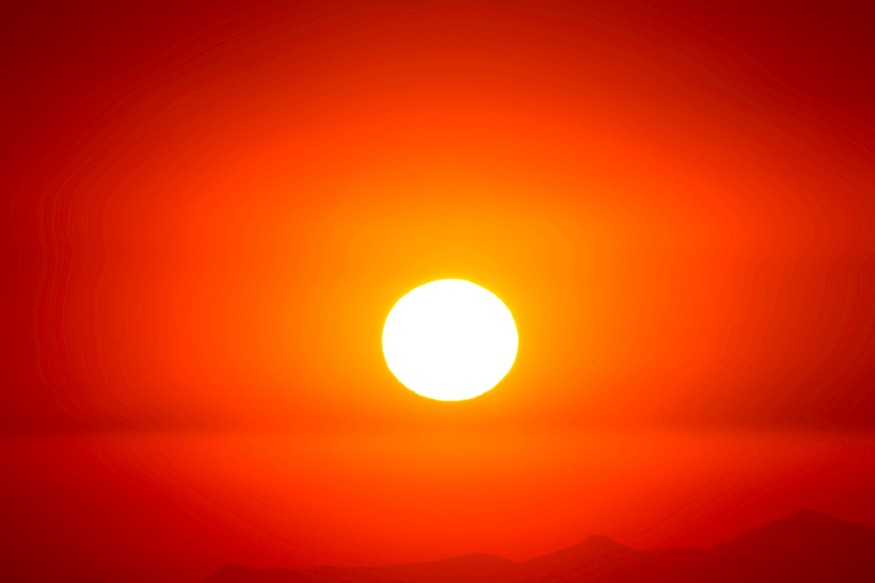
A solar storm happened recently, and it got people wondering, are they dangerous?
Related Article: Incoming Storm: Solar Winds to Arrive on Jan. 25
Solar activities like solar storms, flares, CMEs (Coronal Mass Ejection), and the likes are hot topics on space news right now. And, the thought of the Sun releasing explosions and gasses are making people worried. But, should we be?
Solar Storms
CMEs like solar storms are common disturbances on the Sun's surface. These naturally occur during the Sun's active phases. Ejections usually come along with a specially strong solar flare, and the remnants of the storms leave behind particles that stream the cosmos via solar winds.
Solar winds are streams of charged particles released from the atmosphere of the Sun. These winds consist of different chemical materials with trace amounts of heavy ions and atomic nuclei C, N, O, Ne, Mg, Si, S, and Fe. There are also rarer traces of some other nuclei and isotopes such as P, Ti, Cr, Ni, Fe 54 and 56, and Ni 58,60,62.
These large-scale solar events happen all the time.
Solar CME remnants travel through the vast cosmos after being released from the Sun's atmosphere, and sometimes, it interacts with other celestial bodies like planets.
The interaction between the remnants of a solar storm and the Earth is called a geomagnetic storm.
Geomagnetic Storm
According to Space Weather, a geomagnetic storm is a temporary disturbance of the Earth's planetary magnetosphere after getting in contact with solar winds or other cosmic magnetic particles strong enough to create interference.
Coronal Mass Injections are the usual sources of the particles that interact with the Earth's magnetic field.
An increase in solar wind pressure compresses the Earth's magnetosphere. The cosmic remnants' magnetic fields interact with the planet's own magnetic field and transfer increased energy into the magnetosphere.
The interaction causes an increase in plasma movement and electric current in the magnetosphere and ionosphere.
Are these cosmic storms harmful to humans?

It is a natural response to start worrying after hearing about such ominous-sounding solar activities. But, there is really nothing to worry about.
Solar storms, even geomagnetic storms, have been happening for billions of years. This means almost all life forms that managed to continuously exist despite the constant CME emissions have tolerance against it. That is only natural because, after all, life on Earth evolved under their influence.
But, this does not mean that solar remnants are completely harmless. Solar remnants still have intense radiation in them, especially when received at direct contact.
CMEs can cause radiation poisoning to humans and every other mammal when exposed in large amounts. That is one of the major reasons why astronauts are wearing specialized types of equipment when traveling to space. Unshielded astronauts will be exposed to direct radiation.
Fortunately for us, we are at a safe distance. Whatever solar remnants that reach us are minuscule at best. It won't in any way harm us as long as we don't get direct exposure. That is thanks to the Earth's Magnetosphere.
But, the nature of CME emissions can be harmful to something else, Earth technologies.
CME and Technology
The most powerful solar storms send coronal mass ejections (CMEs) containing charged particles into space.
If Earth happens to be in the path of a CME, the charged particles can slam into our atmosphere, disrupt satellites in orbit and even cause them to fail, and bathe high-flying airplanes with radiation.
They can disturb telecommunications and navigation systems. They can affect power grids and have been known to black out entire cities, even entire regions.
To learn how to manage such events, scientists are constantly monitoring solar activities while continuously developing ways to study such phenomena.
For more cosmic news, don't forget to follow Nature World News!
© 2025 NatureWorldNews.com All rights reserved. Do not reproduce without permission.





